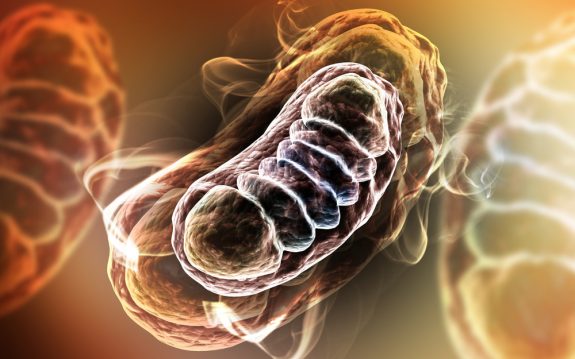Mitochondrial Disease costing Australians $1 Billion each year

MITOCHONDRIAL DISEASE A $1 BILLION HIT TO AUSTRALIA’S ECONOMY
A groundbreaking new study has revealed for the first time the true cost of mitochondrial disease (mito), stripping more than $1 billion from Australia’s economy each year.
Commissioned by the Mito Foundation, the first of its kind Preventable burden of mitochondrial disease report by the Centre for International Economics details the economic impact of the rare and debilitating genetic disorder that affects around 4,500 Australians.
There are around 124,000 Australians with a genetic risk factor for mito, who could be experiencing the early effects of the disease without knowing they have it.
Mito Foundation CEO Sean Murray said the report’s findings are a major step towards understanding the wider impact of mitochondrial disease, which can lead to better treatment and greater prevention.
“This report is a groundbreaking development in the fight against mitochondrial disease because for the first time we are able to see just how much it is costing Australians,” Mr Murray said.
“This research has shown that more than 80 per cent of the $1 billion cost of mito is due to the lost quality-of-life of those who either die from the disease or have to live with the pain and disability it causes. This severely impacts their ability to contribute to society in ways that most of us wouldn’t think twice about.
“The productivity cost of mito alone is $196 million, but we can reduce the impact. Improving how mito is diagnosed, ensuring access to prevention options and increasing research into new treatments are all part of the solution.”
Each year 10 children and 70 adults lose their lives to mito in Australia, with those living with the condition being robbed of a combined 1,805 years of better health.
Emily Wells, a 26-year-old aged care nurse with mito, said the findings will come as no surprise to those who experience the effects of the disease daily.
“When I was finally diagnosed with mito I cried with relief. No one could pinpoint why I was so fatigued, why my white blood cells were high for months or why I would get pain in my legs. But after around seven years of pain and wondering what was wrong, I finally had a diagnosis that I could start to move forward from,” Emily said.
“Mito is very difficult to explain because it affects everyone differently. Even when I end up in hospital, many doctors don’t fully understand the disease.
“I love my job as an aged care nurse, but recently I had a flare-up in my nerves. Normally I would take a couple of days to rest and recuperate and then go back to work, but I’ve now been off work for around three months, which is hard on my workplace and also myself financially.
“They always say listen to your body, because I knew something was wrong, and there are Australians who are probably having a similar experience right now. I want everyone to be aware of mito and its impacts so that we have earlier diagnosis and a better understanding of how to manage the disease.”
Mito Foundation is calling on the government, researchers and health professionals to work with the mito community to do the following:
- Remove barriers to genetic testing, including banning the use of genetic test results by life insurance companies.
- Improve the health workforce’s ability to recognise symptoms of mito, including encouraging GPs to complete the Maybe It’s Mito training.
- Continue to support the mitochondrial donation program, mitoHOPE.
- Provide funding for the expansion of reproductive genetic carrier screening to improve access to testing, counselling, and reproductive support services.
- Grow a network of accessible Centres of Expertise in mito to provide multi-disciplinary care.
- Secure sustainable funding of Mito Foundation’s support services.
- Support an increase in the number of clinical trials in Australia by funding further targeted research.
Mito Foundation is the only organisation in Australia dedicated to supporting people affected by mito.
Its work ranges from raising funds for pioneering research to providing support services for patients and their families.
To donate to Mito Foundation, or for more information on the impact of mito, visit mito.org.au
Like what we do at The AIMN?
You’ll like it even more knowing that your donation will help us to keep up the good fight.
Chuck in a few bucks and see just how far it goes!
Your contribution to help with the running costs of this site will be gratefully accepted.
You can donate through PayPal or credit card via the button below, or donate via bank transfer: BSB: 062500; A/c no: 10495969









